The proper equipment is essential before starting a task, and the Norse Viking knife is an excellent option. This ancient sword is more than a knife; it has roots in the rich Viking civilization. It works well with various jobs and is dependable, robust, and adaptable. The Norse Viking knife may be an indispensable tool for everything from outdoor exploration to crafting projects to historical research. It’s a must-have for your voyage. It’s a symbol of power, skill, and adventure.
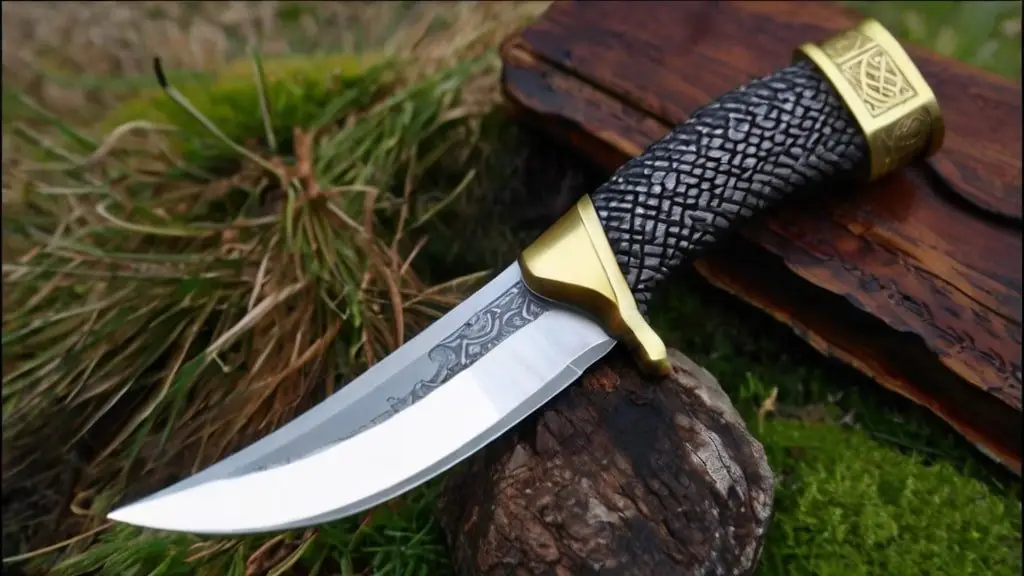
What is a Norse Viking knife?
The Norse Viking knife is a special tool from long ago, before Queen Victoria’s time. Skilled in metalworking, the Vikings handcrafted these knives. They used these knives for cutting, shaping wood, and sometimes in battles. Iron made the knives strong and sharp. The handles of these knives were often decorated beautifully. This knife shows how clever and skilful the Vikings were. It was more than just a tool; it was a piece of art. Today, many people admire this knife for its mix of usefulness and beauty.
What are the Norse Viking knives used for?
The Norse Viking knife, a vital instrument in the everyday lives of Vikings, gained renown for its durability and adaptability. Let’s examine the many applications of this fantastic tool:
- Everyday activities: The Vikings used these knives for daily activities. They’re helpful for construction, crafts, and maintenance since they can cut wood, rope, and leather. Imagine a Viking, their knife at their side whether they were repairing a ship or crafting a leather purse.
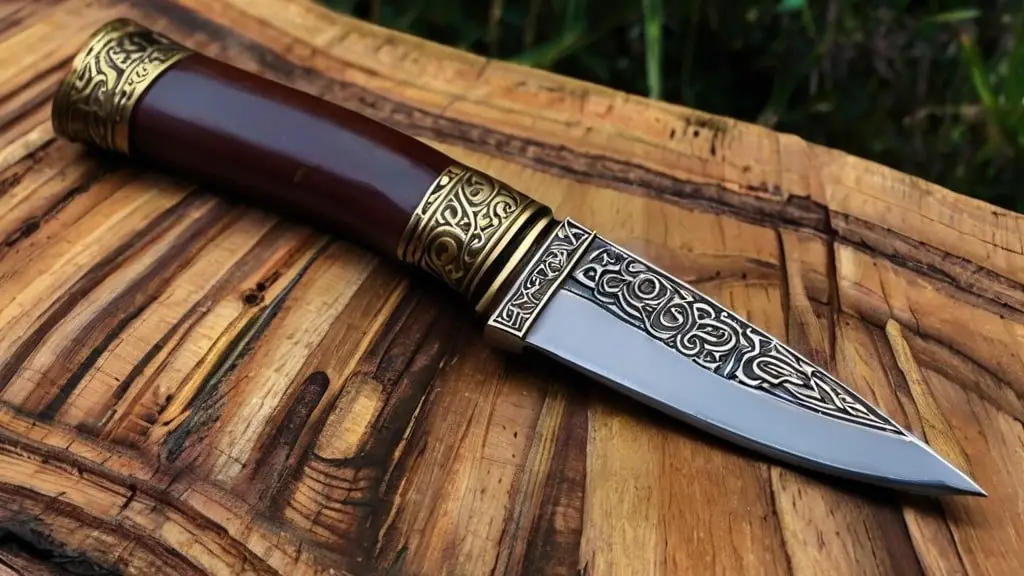
- Food Preparation: The kitchen needed these knives. Vikings used them for fileting fish, slicing meat, and chopping vegetables. The Viking knife was a cook’s closest buddy, whether they were cooking at home or travelling far.
- killing animals: The Vikings had exceptional hunting and fishing skills. Their knives made cleaning fish and skinning and killing animals easier. They needed this to survive, particularly during the long winters.
- Creative working: Vikings were not merely fighters; they were also skilled artisans. They carved exquisite patterns onto weapons, ships, and household items using their knives. These knives are creative tools since each carving has a narrative.
- As a Weapon: The Viking knife was a very effective weapon during wartime. Close-quarters warfare benefited from its keen edge. Among Viking warriors, it represented courage and power.
- Practical culture work: Beyond their practical use, these knives were significant in terms of culture. Families often inherited them and handed them down from one generation to the next. They represented the boldness and tenacity of the Viking people.
- Business product: Vikings traded these knives with one another. Due to their value, they were often sold for other products when travelling. This demonstrates their value as commodities as well as instruments.
- Uses in Ceremonies: People used these knives in ceremonies on occasion. Their strong cultural and spiritual beliefs influenced their usage in ceremonies and inclusion in Viking customs.
Exploring the History and Significance of Norse Viking Knives
Norse Viking Knives were an essential aspect of Viking life from the eighth to the eleventh centuries. They shed light on many Vikings’ abilities, way of life, and culture.
History and Craftsmanship
The Viking knife, also referred to as a “sax” or “seax,” came in various sizes and patterns. The Vikings used remarkable expertise to make these knives, which were mostly made of iron. They used cutting-edge forging techniques at the time. This procedure demonstrated the Vikings’ metalworking proficiency by heating, hammering, and shaping the iron.
Design and Features
A traditional Viking knife’s long, straight blade. Some had ornate handle designs, while others were plain. The blade’s varied use depended on its sharpness. Vikings were proud of their blades and often etched elaborate patterns on them to showcase their artistic ability and meticulousness.
Practicality in Daily Life
These were tools with many uses. The Vikings used them in construction, crafts, and cooking. The Viking knife was handy for everything from cooking to clothing production to building ships and homes. It demonstrates the Vikings’ ingenuity in maximizing their available resources.
Symbol of Identity and Status
Owning a well-made knife was a source of pride. It could denote an individual’s standing and expertise. Warriors, in particular, treasured their knives as representations of their courage and bravery, and they also used them for combat. This feature emphasizes how important knives were to Viking culture.
Art and Decoration
Viking knives have a fantastic amount of ornamentation. Their intricate carvings conveyed narratives and embodied myths and traditions associated with the Vikings, and they were not only decorative features. This artistic aspect highlights the Viking people’s inventiveness and inventiveness.
Impact and Legacy
Currently, Viking knives are more than just relics from the past. Their long impact on Viking culture is seen in their inclusion in literature, art, and media and their inspiration for contemporary knife-making. These knives are on museum exhibit, drawing the interest of historians and history buffs. Collectors and enthusiasts also like collecting the reproductions of these knives.
Choosing the right Norse Viking knife for your mission
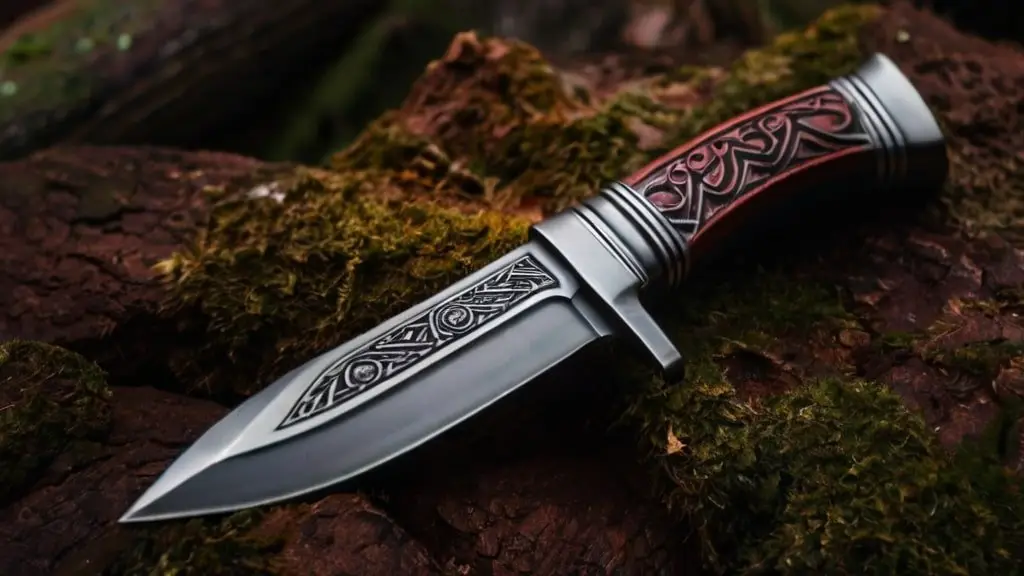
Choosing the ideal Norse Viking knife for your requirements is a thrilling process. The following 4 essential considerations will help you make the best decision:
- Determine the Objective
Consider first what you want to do with the knife. Is it for hiking, camping, or other outdoor adventures? Or for more creative endeavours like woodcarving? There are many sizes and forms of Viking knives, each appropriate for a particular purpose. You’ll need a robust and long-lasting knife for outdoor sports. Select one with a sharper blade for intricate work.
- Examine the quality of the blade
A Viking knife’s blade is its core component. Look for one constructed from premium steel. This guarantees extended sharpness and optimal performance from the knife. A good blade should be robust enough to undertake diverse jobs without breaking or bending. Keep in mind that a knife with a sturdy and sharp blade is safer to use.
- Comfort and Grip of the Handle
You should be able to hold the knife with ease. A significant factor in this is the handle. It ought to be comfortable in your hand and not slide. Wooden or bone handles are common on Viking knives; these materials are aesthetically pleasing and functional. A well-thought-out handle enhances the enjoyment and ease of use of the knife.
- Resilience and Upkeep
Investing in a high-quality Viking knife is a long-term endeavor. It ought to be robust and simple to care for. Seek knives with minor wear and tear to survive frequent usage. Take into account the knife’s ease of cleaning and sharpening as well. A sturdy, low-maintenance knife will be at your side on many excursions.
Summary
A crucial component of any operation, the Norse Viking knife is more than simply a tool. It’s a unique asset because of its usefulness and historical relevance. This knife symbolizes power and adaptability, whether used for crafts, outdoor exploration, or as a collector’s piece. Always remember that selecting a Viking knife brings a piece of history with you. Its lasting popularity demonstrates that it is a relic of the Viking spirit, more than just a Knife.
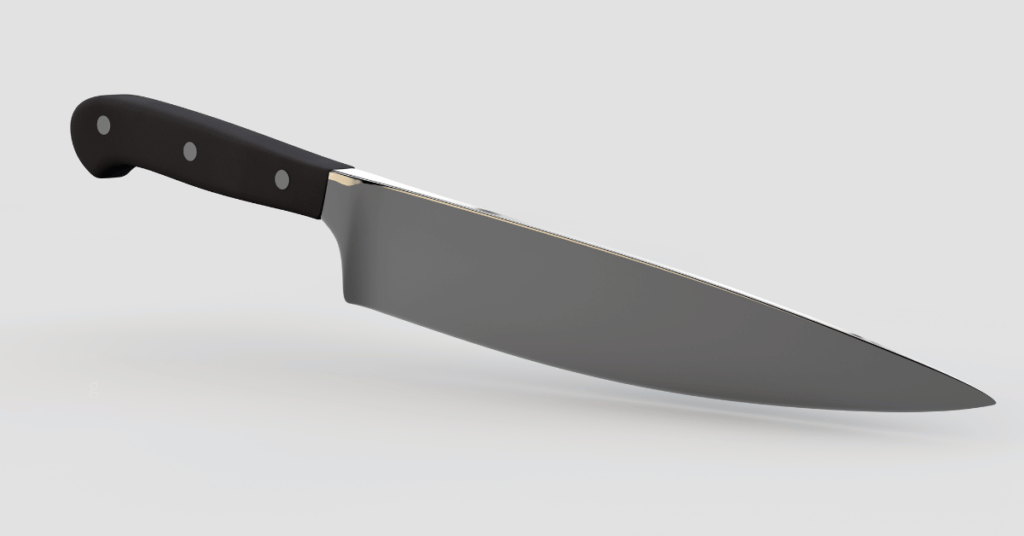
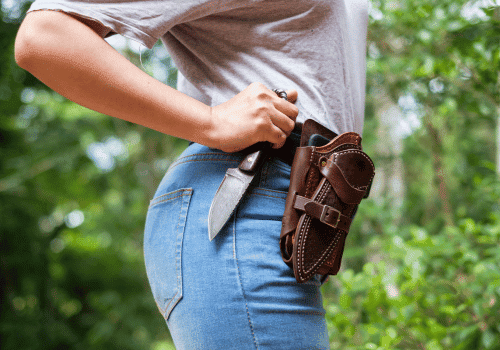
неотложная наркологическая помощь [url=http://www.skoraya-narkologicheskaya-pomoshch11.ru]http://www.skoraya-narkologicheskaya-pomoshch11.ru[/url] .
круглосуточная наркологическая помощь москва [url=skoraya-narkologicheskaya-pomoshch12.ru]skoraya-narkologicheskaya-pomoshch12.ru[/url] .
Learn More [url=https://infinityvvallet.io/]crypto wallet m[/url]
Кодировка от алкоголя [url=https://kodirovanie-ot-alkoholizma-v-almaty.kz]Кодировка от алкоголя [/url] .
эскорт в москве [url=www.drive-models.ru]www.drive-models.ru[/url] .
лучшие лечение алкоголизма [url=https://xn—–7kcablenaafvie2ajgchok2abjaz3cd3a1k2h.xn--p1ai/]xn—–7kcablenaafvie2ajgchok2abjaz3cd3a1k2h.xn--p1ai[/url] .
поставить капельницу от алкоголя на дому https://lecheniealkgolizma.ru/
карта для тахографа скзи https://tachocards.ru/
снять шлюху спб https://kykli.com/
I wanted to draft you that little observation so as to say thanks as before for those amazing basics you have featured on this website. This is so open-handed of people like you giving openly precisely what most of us might have advertised as an e-book in order to make some money for themselves, most importantly considering that you might have tried it if you decided. Those good tips also acted to provide a great way to realize that some people have the same interest similar to my own to know the truth a good deal more concerning this problem. I am sure there are some more pleasant instances up front for people who look over your blog post.
Уборка захламленных квартир https://ochistka-gryaznyh-kvartir-msk.ru/
Чистка гари после пожара https://spec-uborka-posle-pozhara.ru/
Наши сауны — это идеальное решение для тех, кто хочет расслабиться после тяжёлого дня. Здесь вы сможете насладиться паром, поплавать в бассейне и получить массу удовольствия, подробнее https://dai-zharu.ru/
накрутка поведенческих факторов сайта
вкусно и точка апк
автоматы вавада
3D печать представляет собой популярную методику, построенную на наложении материала слоями в 0.3 миллиметра. Этот уникальный метод создания объектов находит широкое применение в различных сферах жизни. Если тебе интересно прочитать больше про 3D печать деталей, то вот сайт https://domikplus.com.ua/users/fieldscheme5 помогают мне больше 10 лет.
Hello, I wish for to subscribe for this website to obtain hottest updates, therefore where can i do it please help out. https://www.hampdenstateuniversity.com/
Realbase.estate предоставляет удобный и интуитивно понятный интерфейс, который поможет вам быстро найти подходящий объект, подробнее тут – Агентство недвижимости Донецк ДНР. Вы можете использовать фильтры для уточнения поиска по цене, площади, количеству комнат, району и другим параметрам.
Бездепозитные бонусы — отличный способ погрузиться в мир азартных игр без финансовых потерь. https://t.me/s/bonus_bezdepozita предоставляют возможность игрокам попробовать разные игровые автоматы и даже заработать реальные деньги при соблюдении условий бонуса. Для получения бонуса необходимо пройти регистрацию на сайте казино и активировать предложение в личном кабинете. Стоит отметить, что все виды бездепозитных бонусов сопровождаются определёнными условиями использования: максимальная ставка.
Сложная уборка квартир в подольске https://ochistka-zahlamlyonnyh-kvartir.ru/
заказ алкоголя https://dostavka-alcogolya-nochyu.ru/
доставка алкоголя в москве круглосуточно https://dostavka-alcogolya-mix-1.ru/
Обработка помещения от плесени https://unichtozhenie-pleseni-spb-lo.ru/
Дезинфекция квартиры после смерти человека в Москве https://dezinfekciya-smerti-msk-mo.ru/
белый топаз камень https://whitetopaz.ru/
голубой топаз камень https://bluetopaz.ru/
hashish shop in prague marijuana shop in prague